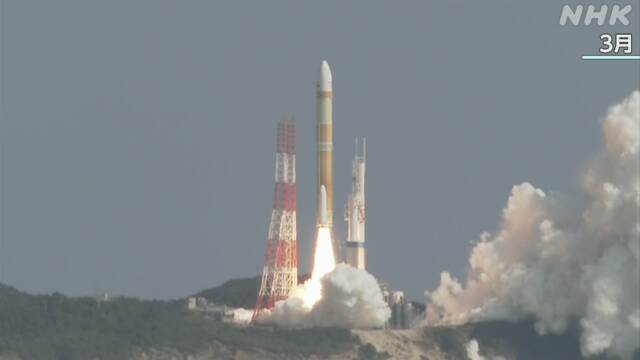Regarding the first launch of the new flagship rocket "H3" that failed to launch in March, JAXA = Japan Aerospace Exploration Agency concluded that the cause of the launch failure was damage to some of the equipment mounted on the second stage engine. After taking measures such as partially changing the design of the equipment, he indicated his intention to take on the challenge of launching the next "No. 3" as soon as possible.
The first launch of Japan's new flagship rocket "H3" was launched from the Tanegashima Space Center in Kagoshima Prefecture in March, but the launch failed because the second stage engine did not ignite.
JAXA has been investigating the cause through analysis of flight data and tests to reproduce the same phenomenon, but at a meeting of the Ministry of Education, Culture, Sports, Science and Technology (MEXT) on the 3rd, it was concluded that the cause was damage to some of the equipment installed in the second-stage engine.
He then narrowed down the causes of damage to three major factors, such as the possibility of a short circuit due to excessive voltage on the parts, and explained that two of these cases involved parts common to the H2A rocket and one related to equipment mounted only on the H23.
In addition, he stated that concerns can be eliminated by taking measures such as strengthening inspections and partially changing the design of the equipment for the next launch of H2 No. 3, and expressed his intention to launch the No. 2 reactor as soon as possible.

